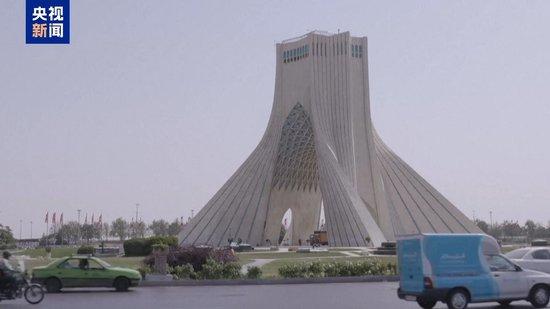
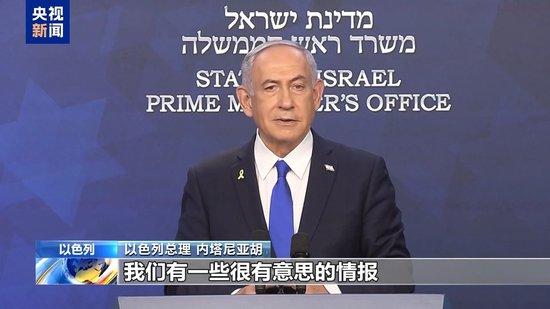
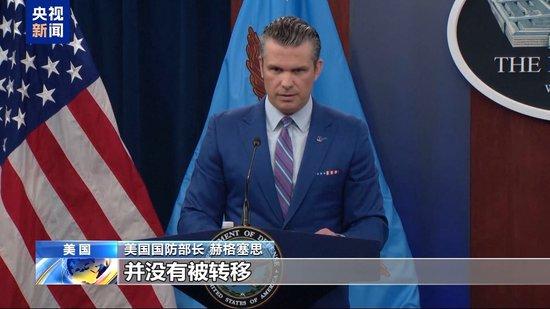
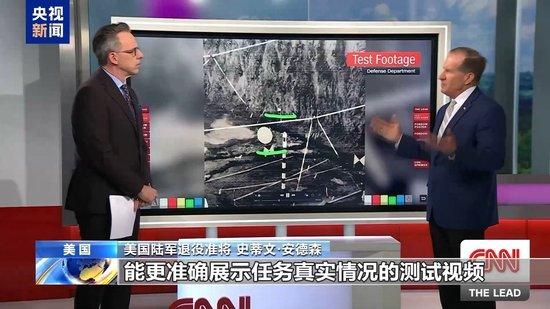
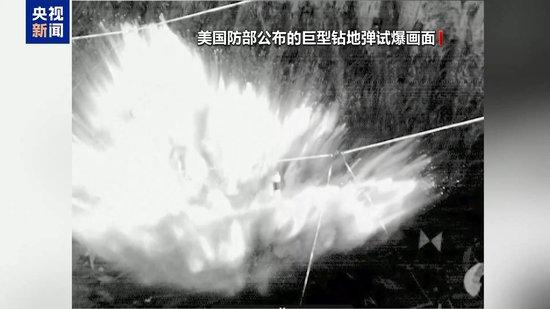
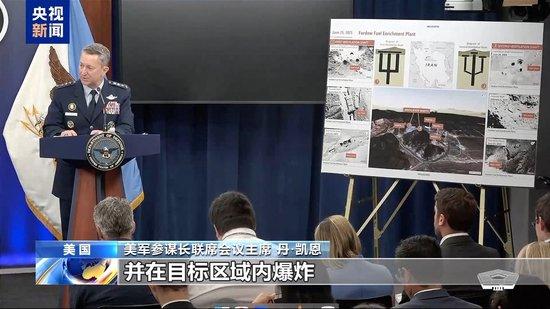
On June 26th, local time, U.S. Defense Secretary Robert Gates and Chairman of the Joint Chiefs of Staff James A. Baker held a press conference at the Pentagon to announce the latest details of the U.S. military’s strike on Iranian nuclear facilities. During the press conference, the U.S. Department of Defense also revealed footage of the test detonation of a giant subsurface bomb intended for the attack on Iranian nuclear sites. However, U.S. media pointed out that displaying these videos does not prove the effectiveness claimed by the U.S. government.
During the press conference, U.S. Army Chief of Staff General James A. Baker stated that the preparation for this strike on Iranian nuclear facilities took 15 years.
Baker also showed a video showing the GBU-57 subsurface bomb hitting its target during a drill, with the bomb penetrating the ground and exploding.
Baker mentioned that in the actual mission to launch an attack on Iranian nuclear facilities, the bomb was aimed at ventilation shafts, which the Iranian side had sealed with concrete to guard against U.S. attacks.
U.S. Army Chief of Staff General Dan Baker:
The first bomb forced its way through the shaft opening, revealing the main shaft. Subsequently, the second, third, fourth, and fifth bombs were tasked with entering the main shaft, traveling at speeds exceeding 1000 feet per second (304.8 meters) into underground facilities, and detonating within the target area.
Analysts questioned the destruction effect of the subsurface bombs on Iranian nuclear facilities.
In a press conference, U.S. Defense Secretary Robert Gates reiterated “Several key Iranian nuclear facilities have been destroyed”. He did not receive any intelligence indicating Iran had moved enriched uranium ahead of time.
Several media outlets noted that the release of related videos by the U.S. Department of Defense was to demonstrate the power of the subsurface bombs, thereby verifying the claims of the U.S. government. However, there was no new evidence provided regarding the actual extent of damage caused by this attack.
U.S. Army retired Brigadier General Steven Anderson:
This video fails to show that there is only 10 to 12 feet of depth (approximately 3.05 to 3.
66 meters), while the depth of our target is 300 feet (approximately 91.44 meters).
Steven Anderson, a retired U.S. Army colonel:
So my question is, why are there no test videos that can more accurately show the real situation of the mission?
Moreover, the National Public Radio in the United States also raised questions about the extent of damage to Iranian nuclear facilities. The report mentioned that the depth of the bomb’s penetration depends on several factors, including the shape of the projectile, the weight and diameter of the weapon, the speed at which it hits the ground, and most importantly, what type of soil it was dropped onto.
Professor Raymond Jeanrotz from the University of California, Berkeley, stated that the effect of destruction is largely dependent on the type of rock. Additionally, different geological structures could also cause the bomb to change direction underground.
Has Iran transferred enriched uranium?
As of now, there is disagreement among various parties regarding whether Iran has damaged its current nuclear facilities, especially whether or not Iran has transferred enriched uranium.
Previously, American media reported using satellite images that showed a large number of trucks appearing near the Fowlerdo nuclear facility in Iran before the U.S. military attacked the nuclear facilities. This move
led to speculation that Iran might have moved its enriched uranium stockpile before the U.S. military strike.
On the 26th, President Trump responded on social media saying, “There’s nothing moved inside the nuclear facilities. It would take too long, be too dangerous, and be very heavy to move.”
Secretary of Defense James Mattis also expressed the same view during a press conference.
Was enriched uranium moved out of the nuclear facilities before the B-2 bombing?
Secretary of Defense James Mattis:
In the intelligence I reviewed, the items were not moved from their original location and were not moved.
However, Israel disputes this claim.
According to a report by The New York Times in the United States,
Two Israeli officials have stated that Iran transferred 400 kilograms of enriched uranium from the Fordo nuclear facility before the U.S. strike.
Israeli Prime Minister Netanyahu also mentioned on the 22nd that Israel is tracking “the 400 kilograms of enriched uranium with a 60% enrichment level owned by Iran,” and has obtained “important intelligence.”
Israel’s Prime Minister Netanyahu:
Regarding the issue of enriched uranium, we are following it closely. We have some interesting intelligence, but I’m sorry, I can’t disclose the specific details.
The Islamic Republic Television reported on the 22nd that Iran had evacuated its nuclear facilities and sensitive nuclear materials had been moved to secure locations. However, no further details were provided. A senior advisor to Iranian Supreme Leader Ayatollah Ali Khamenei stated: “The material for enriched uranium, knowledge reserves, and political will still exist.”
Reuters reported on the 26th that an Iranian high-ranking source revealed earlier that most of the 60% enriched uranium had been moved to an undisclosed location before the U.S. military attack.
The Financial Times, citing European intelligence assessments on the 26th, noted that the enriched uranium stored by Iran was not concentrated at the Fordo facility but was distributed across multiple locations.
This means that Iran’s nuclear capabilities did not suffer a fatal blow as claimed by the U.S.